Crypto Academy Season 4 Beginners' course - Task 6: Different types of Consensus Mechanisms || By @jaspichman125
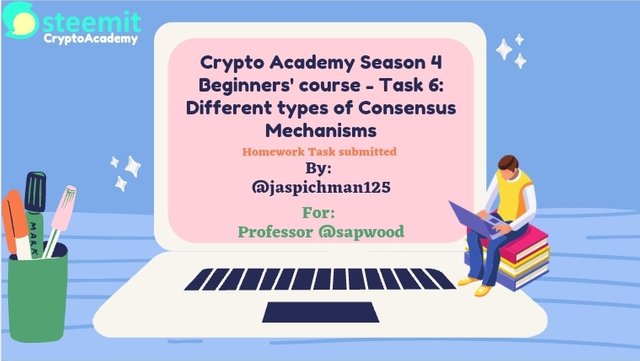
Hello professor @sapwood, I am glad to submit my CryproAcademy Homework Post For Task - 6: Different types of Consensus Mechanisms.

(2) What is the difference between PoS & DPoS? Advantages & Disadvantages? Name a few Blockchain projects which use the DPoS consensus mechanism and indicate the scaling capacity?

Blockchain is a decentralized distributed ledger technology (DLT) that is capable of taking records of user’s transactions while eliminating the need for any intermediaries through a process called peer-to-peer (P2P). We can say blockchain is a series of blocks that contains transaction information on a network of computers.
Blockchain is a system that is devoid of corruption from a single source (middlemen, central authority) it still creates a major problem.
- How are any decisions made?
- How does anything get done?
In a normal centralised system, the leader or group of leaders makes the decision. Conversely, blockchains is a leaderless system. Meaning, there’s no central authority that governs the affairs of the Blockchain.
Then, how are decisions made? How does blockchain achieve it’s goals?
Every single individual have a say in governing the blockchain. In order to make a decision, all the parties or people on the blockchain must reach a “consensus” or “agreement” on what to be done and what ought not to be done on the blockchain.
The people have the power to determine which transaction is valid or not. That is why consensus is an important feature of Blockchain. People on the blockchain network achieves consensus through a protocol known as “consensus algorithm or mechanism.
It is a method by which consensus decision-making is achieved is called “consensus mechanism”. With respect to blockchain, we can say consensus mechanism is a protocol that allows users or computers (nodes) to behave and coordinate in a distributed manner. This mechanism ensures that all the users or nodes operating on the network can agree on a single source of truth.
The consensus mechanism is a method utilised by the blockchain to bring about agreement, trust, and security.
The proof-of-work (PoW) consensus mechanism is the first ever consensus algorithm in the history of blockchain. This is because, the first ever blockchain - Bitcoin utilises it to reach agreement over transactions on the blockchain network.
There are several types of consensus mechanisms utilised by different blockchains nowadays. These include proof-of-work (PoW), proof-of-stake (PoS), delegated proof-of-stake (DPoS), proof-of-capacity (PoC), Byzantine Fault Tolerance (BFT)/Practical Byzantine fault tolerance (PBFT), Proof of Burn (PoB), Proof of Elapsed Time (PoET), Proof of Authority (PoA), Proof of Activity, Proof of Importance (PoI), Direct Acyclic Graphs (DAGs), etc.

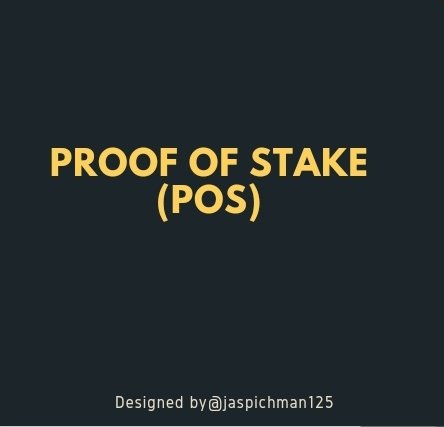
It was initially proposed as an alternative to proof-of-work (PoW) in the year 2011. PoW and PoS share the same goal of reaching a consensus in the blockchain but the process of reaching the consensus is completely different.
In the PoS consensus mechanism, miners are eliminated, high energy consumption is reduced, and there’s no need for specialised hardware (nodes). A normal or regular PC can suffice. Unlike in PoW where miners put in electricity and hardware, all you need to put under the PoS system is your cryptocurrency (staking).
In PoS system, participants can stake their coins by locking it up (staking) and at certain intervals, the system randomly selects the node which will validate the next block or transaction. The selection is done based on the amount of stakes, staking age, and randomization. The amount of staked coins determines the chances of being selected as the validator of the next block.
- Randomization: validators are selected at random by the lowest hash value and the highest stake.
- Coin age: validators or nodes are chosen based on how long their tokens have been staked.
- Amount of stake: the higher the stake, the bigger the chances of being selected.
When a node is selected to validate the next transaction and he subsequent block creation, it signs the block and adds it to the blockchain. After a successful validation, the node gets rewarded with the transaction fees associated with the block it mined.
In PoS, miners are rewarded with funds from transaction fees unlike in PoW where miners are rewarded with new coins.
Security: when a node stakes his coins so as to get the chance of being selected to forge the new block, it prevents fraudulent activities because once detected, the node will lose his stakes.
Energy efficiency: it is easy and affordable compared to PoW where miners must acquire computer hardware which consumes high amount of electricity.
Randomization process of selecting the validators makes the network more decentralized because mining pools are no longer needed to mine the blocks. Since there’s no need to release new coins as rewards for validators, it helps in stabilising the price of the coins.
Blocks are forged not mined: this further reduces the amount of energy consumed in the process.

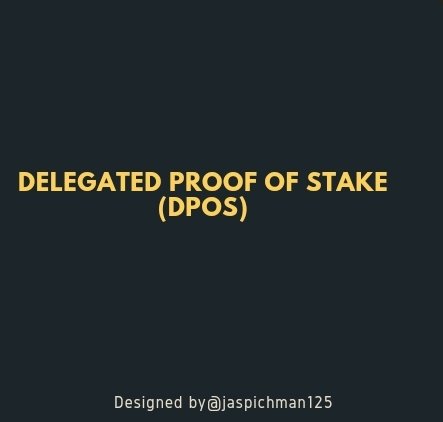
This consensus mechanism was designed to establish a technology based democracy – this done through election process to prevent the centralization and fraudulent use of the Blockchain. It was developed in the year 2014 by Daniel Larimer – an American software developer founder of Bitshares, EOSIO software and Steemit.
DPoS was built as an alternative to both PoW and PoS. It is more scalable than classic algorithms. It was designed to avoid the need to use machines with high computing powers (nodes), high energy demand and the long time taken to process transactions. Bitshares is the first DPoS based blockchain.
It is usually governed through election process. Certain influential users of the Blockchain are elected or voted for the role of “witnesses” or “delegates" by the general masses on the blockchain.
Witnesses rather than miners are responsible for creation or addition of blocks to the blockchain. They’re the block forgers. On Steemit for instance, there are 21 witnesses that govern the affairs of the Blockchain. They’re responsible for validating transactions.
Delegates are more like administrators of the Blockchain. They’re elected to govern the affairs of the Blockchain and propose key changes. They’re not in charge of block creation and validation. They determine transactions fee, block sizes, witnesses pay, and block intervals of the Blockchain.
Election is a process of voting for witnesses and delegates. Election is a continuous process. Thus makes the witnesses under the pressure of losing his position to another rival or competitor. Loss of reputation and the risk of forfeiture of their stakes prevents the witnesses from engaging in fraudulent or malicious activities on the blockchain.
Equally opportunity is granted to every user of the Blockchain to elected as a witness. Thus makes DPoS the most democratic approach to blockchain consensus mechanism.
- It requires no minimum stakeholder token to participate. Small holders are carried along.
- It is the most democratic that establishes true decentralisation.
- Equal opportunity is granted every member to be elected or voted as a witness.
- Faster than both PoW and PoS blockchains.
- Less energy demand. Energy efficiency. Environmentally friendly.
- There’s no need for hardware with high computation power.
- The people use their wisdom in electing who’s best fit to be a witness.
- Low or inexistent transaction fees
- Fraudulent witnesses can be voted out.
- Witnesses are motivated to be honest for risk of losing or forfeiting their stakes and reputation.
- Numbers of witnesses are only limited. For instance, there are only 21 witnesses on Steemit blockchain or the 27 Super Representatives on Tron Blockchain.
- It requires all members of the network to be active for effective governance. This might pose a great challenge when some users have issues of power failure or hardware problems.
- The presence of witnesses, delegates and representatives makes it look more like a centralised system when big whales gain more control of the network by voting their friends as witnesses and delegates.
- Because of its semi-decentralised nature, it works well for social networks such as Steemit rather than financial networks.
- Just like in real life voting scenario, there’s tendency of low voter turnout.
- It us more susceptible to a 51% attack when whales and their friends gains much power on the network and control over 51% of the network.

| PoS | DPoS |
|---|---|
| (1) Block creator is chosen in a deterministic way | Block creator or validator is elected or voted. |
| (2) Less scalable compared to DPoS | More scalable than PoS |
| (3) There's no block reward. The miners are rewarded with funds from transaction fees | Validators are paid with staking rewards |
| (4) Only those with high stakes and low hash value get the chance of being selected | Equal opportunity is granted to every user to be considered for election as validator or a delegate. |
| (5) Decentralized | Semi-decentralised |
| (6) Consensus is based on randomization | Consensus is a predetermined order based on trust of the Delegates. |
| (7) Good for financial use cases | Suitable for social use cases e.g. Steemit. |
| (8) There's transaction fees | No transaction fee |

Scalability is the ability of a blockchain to increase its capacity to process more transactions per second. It is the amount of transactions processed per second (transactions speed).
Below are some blockchains which uses the DPoS consensus mechanism and their scaling capacities.
Bitshares: it is capable of processing 100, 000 transactions per second (TPS)

Steem: is a social media based blockchain with a scaling capacity rated above both Bitcoin and Etherium networks. In terms of scalability, Steem blockchain is better than both Bitcoin and Etherium networks as shown on the infographic.

EOS: the blockchain was built for both public and private use cases. There’s no on-chain transaction costs. It was co-founded by Daniel Larimer, the brain behind Steemit blockchain. It has a scalability of 10, 000 transactions per second (TPS). EOS has has feature called inter-blockchain transfer which can handle more transaction from separate blockchains. It has free, fast and scalable transactions.

LISK: is a Blockchain that was founded by Max Kordek and Oliver Beddows in the year 2016. LSK is the native utility token of the LISK Blockchain.
LISK adopts the DPoS consensus mechanism which makes it scalable and eco-friendly. It has 101 Delegates. Scalability: this creates 1 block per second unlike Bitcoin blockchain which produces 1 block every 10 minutes. It also has 10 seconds block time which is faster than Etherium blockchain.

TRON: was founded by Justin Sun, a Chinese software developer. Steemit and TRON reached an agreement to integrate TRON to Steemit blockchain network December 2020 that is why Steemit users are rewarded with TRON for their posts on Steemit platform. The network is capable of processing over 1, 000 transactions per seconds (TPS).

Telos: it is an open finance network for building fast, scalable distributed applications with feeless transactions. Elections takes place every 2.5 seconds on the network. It is eco-friendly and 2nd most utilised blockchain. It has a scalability of 10, 000 TPS and a 0.5 seconds block time. TLOS is the native utility token of the Telos blockchain.

Worbli: it was built to facilitate business and individuals alike. It brings together FinTech and blockchain (finance and enterprise). It has efficient, honest, accessible and scalable financial system. Scalability: 4, 000 TPS.

WAX: Worldwide eXchange (WAX) is a Blockchain designed to scale e-commerce transactions. It hosts e-sports and gaming. Scalability: blocks are produced every 0.5 seconds. WAX is the native currency of the Blockchain.

 .
Source
.
Source
Nano: it was developed in 2015 by Colin LeMaheiu as the world’s fastest blockchain with zero transactions fees. Scalability: over 1, 000 transactions per second.

The consensus mechanism is a method utilised by the blockchain to bring about agreement, trust, and security. It is an egalitarian, participatory, collaborative and inclusive way of reaching an agreement over transactions and other affairs of blockchains.
Delegated Proof of Stake is more like PoS but is different in its approach. One thing that differentiates them is that DPoS is not entirely decentralized. In this system, the stakers doesn’t validate the blocks, but they choose delegates. These delegates then validate each transaction. Ideally, any decentralized system has 20-21 delegates that verify the transactions. This makes DPoS exceptionally efficient and is used by EOS, Steemit, and others.
Scalability is better among blockchains that uses the DPoS consensus mechanism as opposed to those which doesn’t operate on the DPoS algorithm.

Special thanks to my professors;
@sapwood
@awesononso
@reminiscence01
Thanks for reading through my homework.
Best regards; @jaspichman125

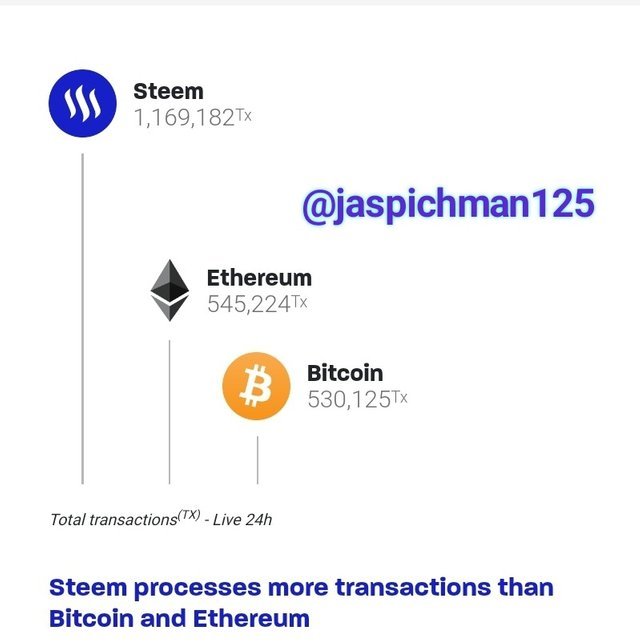
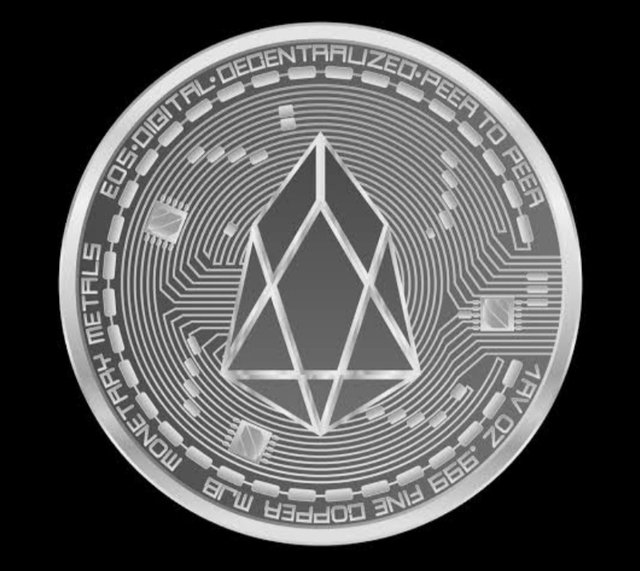
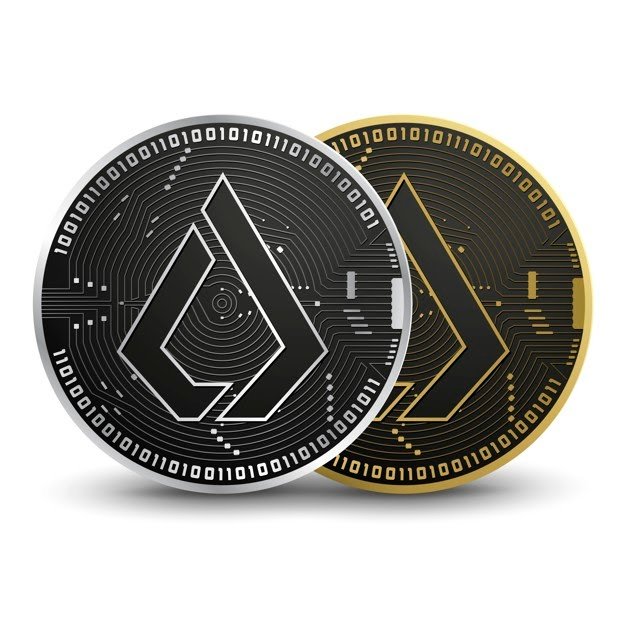
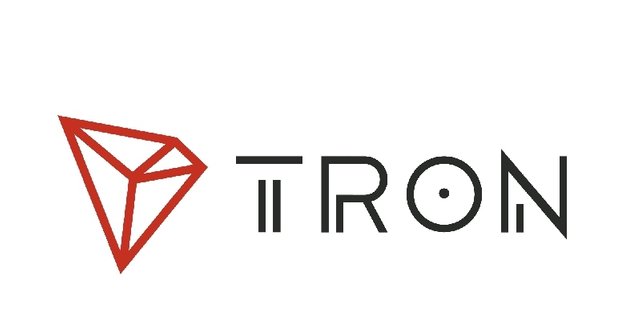
.jpeg)
.jpeg)
